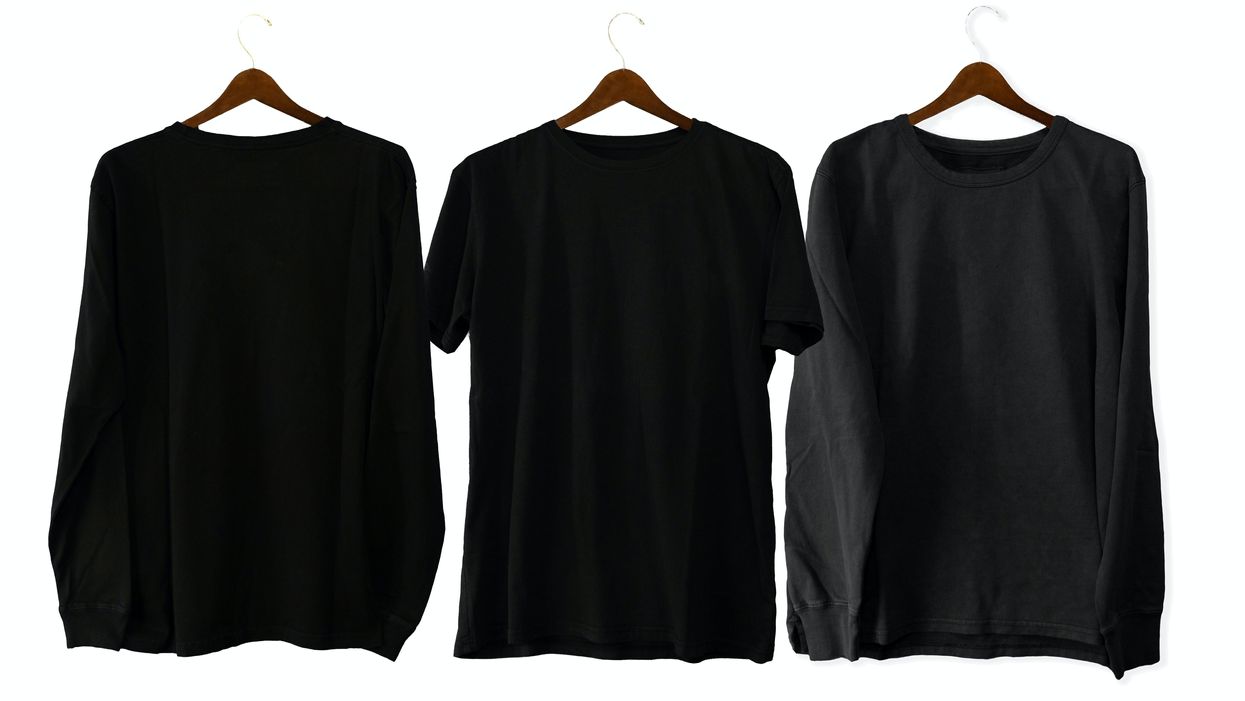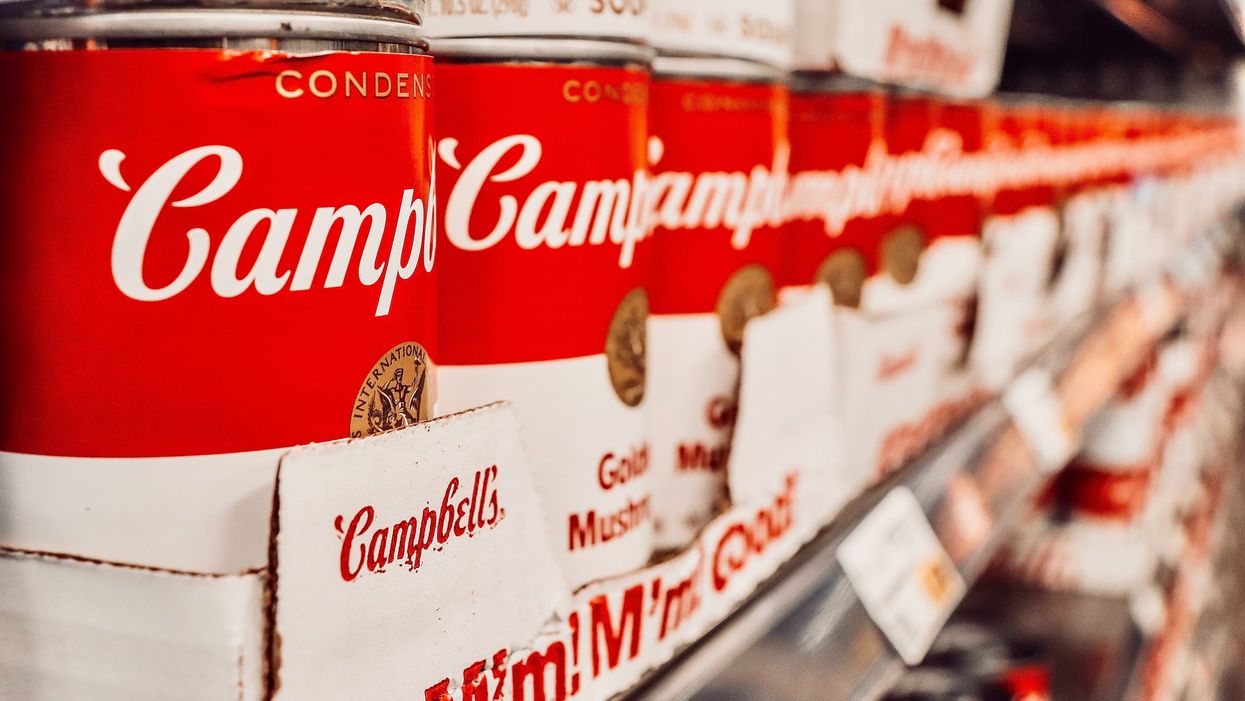Consumer prices are in focus this week as businesses track rising inflation.
With the topline inflation number reported by the federal government for March at the highest level in decades, an index that breaks out data for ecommerce continues to show rising prices, as well.
Here’s a look at the latest numbers.
Consumer Price Index
Over the year from March 2021-March 2022, inflation rose 8.5%, according to the US Department of Labor’s Consumer Price Index. That’s the highest year-over-year increase since 1981, when the nation was in the midst of another period of intense price pressure. The benchmark comes after a 1.2% month-over-month increase from February to March.
 Year-over-year Consumer Price Index comparisons (Chart via US Bureau of Labor Statistics)
Year-over-year Consumer Price Index comparisons (Chart via US Bureau of Labor Statistics)
The DOL said the prices of gas, shelter and food were the largest contributors to rising inflation. However, when setting aside food and energy, the year-over-year increase was still 6.5%, which was the highest rise since August 1982.
Online inflation
In the area of online sales, inflation similarly rose for the 22nd straight month. According to the Adobe Digital Price Index, online prices increased 3.6% year-over-year in March, and .3% month-over-month.
Of the consumer categories measured, 14 out of 18 saw rising prices. Meanwhile, electronics, jewelry, toys and computers all had prices fall.
 The year-over-year change in online prices across all categories (Image via Adobe)
The year-over-year change in online prices across all categories (Image via Adobe)
In digital pricing, inflation was primarily driven by a few categories:
- Apparel had the biggest increase year-over-year, rising 16.3%. This outpaced the Consumer Price Index, Adobe notes. The recent trend line also departs from the typical pattern in this category, in which discounts help to create more predictable ups and downs.
- Grocery prices rose by 9% year-over-year, continuing a surge over the last couple of months.
- Pet products were more expensive to the tune of 7% year-over-year, continuing an increase that has been present for almost two full years as demand rose in the category during the pandemic.
- Tools and home improvement prices rose 8.5% year-over-year, marking 16 straight months of rising inflation amid a boom in home renovation and maintenance.
Ecommerce demand continues
Adobe data shows that Americans spent $83.1 billion on ecommerce purchases in March. This was up 7% year-over-year, and amounted to a significant increase from the $67 billion spent in February. It indicates a continued uptake of digital shopping.
“While ecommerce prices have risen more than years past, durable demand shows that consumers are embracing more personalized experiences in the digital economy as well as the conveniences of online shopping, particularly for growing categories like groceries,” Patrick Brown, Adobe Vice President of Growth Marketing and Insights, said in a statement.
 The Digital Price Index vs. Consumer Price Index, year-over-year. (Image via Adobe)
The Digital Price Index vs. Consumer Price Index, year-over-year. (Image via Adobe)
Ecommerce isn't insulated from wider economic issues. In categories like pet products and grocery, online prices and the consumer price index now show similar trend lines. Along with rising prices, supply chain challenges also continued to manifest in ecommerce sales. Consumers saw 3.1 billion out-of-stock messages in March, which was up from 2.8 billion in February. In the big picture, the growth of ecommerce spending has moderated from the explosive early days of the pandemic.
Yet the growth line still points up. In March, Adobe reported that ecommerce sales were on pace to reach a record $1 trillion for the year in 2022. It shows the importance of ecommerce to the economy, especially as online shopping habits remain intact and the tools to facilitate ecommerce continue to improve.
Related Articles Around the Web

 Year-over-year Consumer Price Index comparisons (Chart via US Bureau of Labor Statistics)
Year-over-year Consumer Price Index comparisons (Chart via US Bureau of Labor Statistics) The year-over-year change in online prices across all categories (Image via Adobe)
The year-over-year change in online prices across all categories (Image via Adobe) The Digital Price Index vs. Consumer Price Index, year-over-year. (Image via Adobe)
The Digital Price Index vs. Consumer Price Index, year-over-year. (Image via Adobe)








